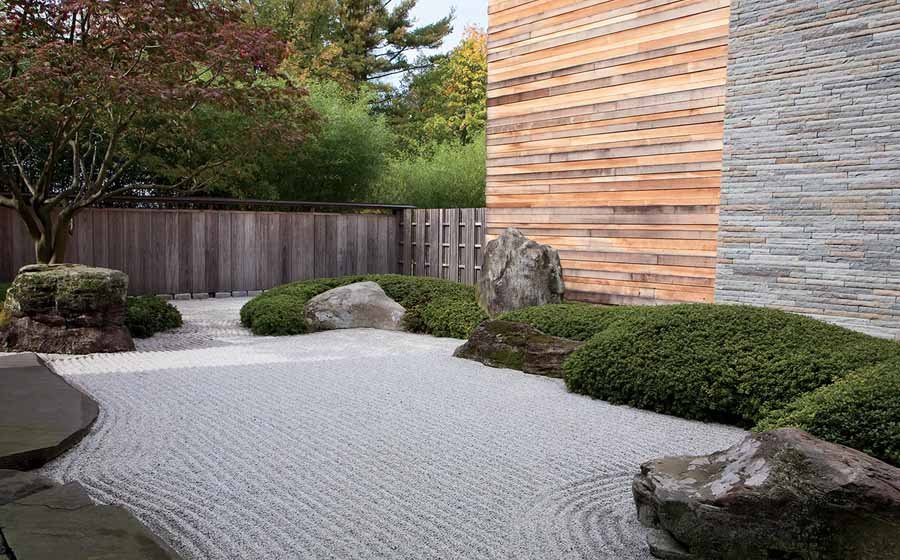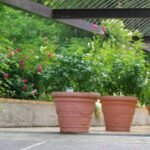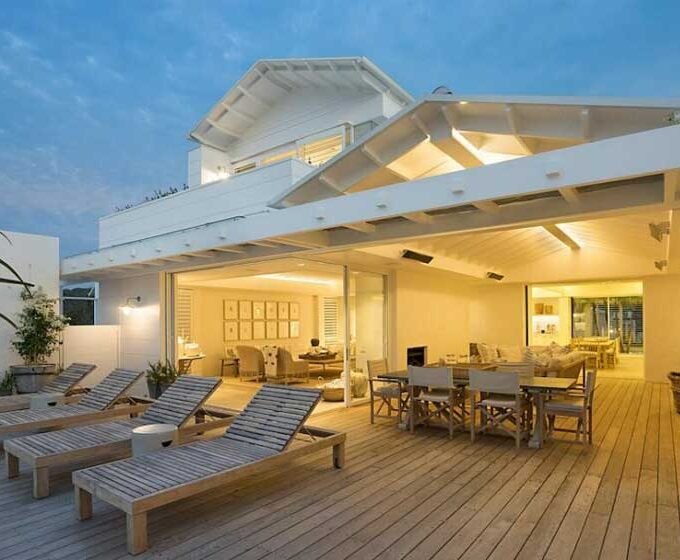Landscape design is an art of its own, requiring a special eye for beauty and symmetry as well as knowledge of what plants and features blend best together. A great landscape design can completely transform the aesthetic of your property, making it look like something straight out of a magazine. However, knowing what goes into forming such a masterpiece is important. That being said, Drake’s 7 Dees in Portland is going to explain what goes into a successful landscape design so you can create an incredible space. Read further to learn more.
Basic Principles Of Landscape Design
Having a great landscaping design can make your outdoor space an oasis of tranquility. With the right knowledge, it’s easier than you think to bring that vision to life. Understanding some basic principles of landscape design will give you the knowledge and confidence to create a beautiful garden or front yard that suits your personal style. Here are some of the basic principles;
Rhythm
Rhythm drives the overall design, creating a constant visual interplay between movement and scale. Plants, structures, and pathways should be arranged in an interesting pattern that provides a sense of movement throughout the space. By creating rhythmic flow between different areas, it is possible to draw visitors’ attention to particular elements or spaces, as well as provide a pleasing visual effect.
You can also use hardscape features such as pathways or walls to create patterns that contribute to the overall appeal of the landscape. When planning out a landscape design project, it is important to consider how you will incorporate rhythm into your designs in order to ensure that the landscapes are both visually stunning and practical.
Proportion
Proportion is one of the most important considerations when devising a landscape plan. At its core, proportion refers to the relative size of different elements in a space; for example, in a garden, it refers to the size of beds and trees compared to the size of pathways or structures. When designing landscapes with proportion in mind, it is important to ensure each element has adequate visual space so they do not overpower one another or make the landscape appear cramped.
This can be achieved through careful placement of elements and by considering the physical composition of each element (e.g., tall plants or trees contrasted with low-lying brush or shrubs). Through proper use of proportion, a staggering range of artistic possibilities can be achieved when landscaping homes, gardens, and other outdoor environments.
Balance
An integral part of any successful landscape design is achieving a sense of balance. It is achieved by considering the relationship between structures and plants, colors and textures, hardscape elements and softscape elements. Establishing balance means placing larger plants in the background so that smaller plants can take center stage, and ensuring that all sides have an equal amount of attention paid to them for a successful overall flow.
It also involves choosing materials that fit together cohesively with the surrounding environment. By paying close attention to achieving proper balance in landscape design projects, you can create inviting gardens and outdoor spaces that everyone can enjoy.
Unity
The fundamental principle of unity in landscape design revolves around tying together the various elements of a garden or outdoor space so that they appear as one harmonious whole. It’s important to ensure each planting area is well balanced, with none standing alone among a sea of barrenness. Borders, pathways, and rock beds all serve to connect the outdoor space.
Furthermore, you should also strive for the repetition of certain elements such as shapes, heights, colors, and textures. This will create a sense of movement from area to area while still retaining overall unity throughout the landscape project. Lastly, by using unique materials such as stone sculptures or pottery pieces, it will add much needed character and bring life to what would otherwise be an ordinary garden. Unity is key to any successful landscape design project.
Creating a great landscape design can take a lot of twists and turns. From choosing the plants to finding the right balance between shade and sunlight, there is no shortage of options and considerations when forming the perfect outdoor aesthetic. Ultimately, it depends on your situation. But proper planning and execution will go a long way in designing a beautiful and functional environment that you can enjoy for many years. Don’t forget to enlist help from expert professionals if you want a professional-looking end result. Remember that with careful thought and creativity, you can build the landscape design of your dreams that best suits your lifestyle, budget, and needs.
















